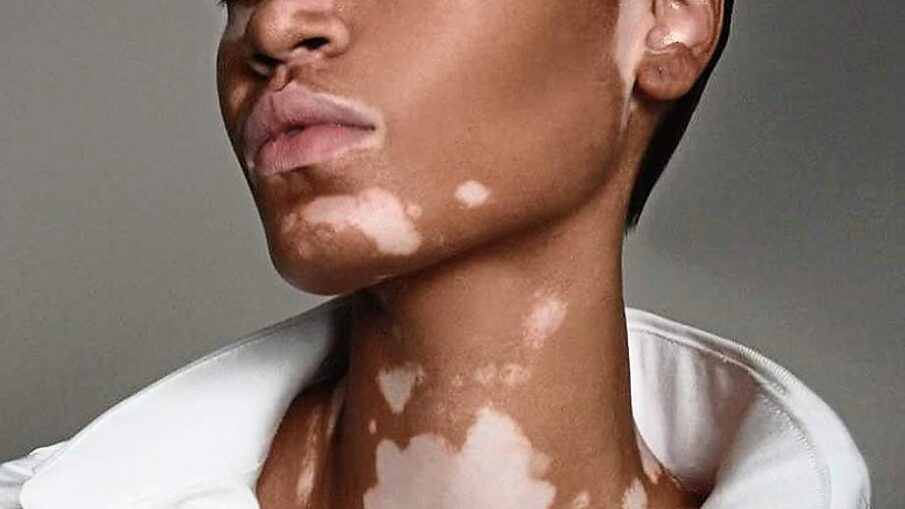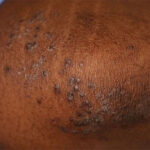Vitiligo causes your skin to lose color or pigmentation. Smooth white or light areas called macules or patches appear on your skin. It generally starts on your hands, forearms, feet and face. Globally, about 1% of the population has vitiligo. Treatment isn’t necessary, but it’s available if you don’t like the changes to your skin tone.
What causes vitiligo
A lack of pigment in your skin (melanin) causes vitiligo. The reason why this happens is unknown.
- An autoimmune condition: Your immune system mistakes healthy cells (melanocytes) as foreign invaders like bacteria that can cause harm to your body.
- This makes your immune system overreact and develop antibodies to destroy your melanocytes.
- Genetic changes: A genetic mutation or a change to your body’s DNA can affect how your melanocytes function. There are over 30 genes that can increase your risk of developing vitiligo.
- Stress: The amount of pigment your melanocyte cells produce may change if you experience frequent emotional stress or physical stress on your body, especially after an injury.
- Environmental triggers: Factors like ultraviolet radiation and toxic chemical exposure can affect how your melanocyte cells function.
And in conclusion, People with vitiligo may feel embarrassed about the way their skin looks. Some people diagnosed with vitiligo develop low self-esteem. This could cause anxiety or depression and make someone want to isolate themselves or avoid social situations. If this happens, you should talk to your healthcare provider, a mental health professional or your family and friends. Treatment for vitiligo isn’t necessary, as the condition isn’t harmful to your body and is only cosmetic. These information
are gotten from Cleave land clinics published on 23rd November 2022.



